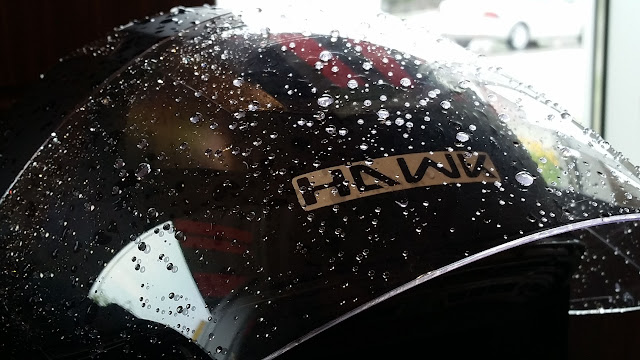I came across this excellent article by the Harvard Business Review about how trust relates to productivity in business. It turns out trust goes a long way towards creating a productive learning environment with students as well. Trust doesn’t end in the classroom though. Between teachers in a building, across entire school boards and in the education system in Ontario as a whole, trust is the cement that turns us from individuals into powerfully focusedl groups. After reading that article I couldn’t help but wonder at the damage done by the aggressive politics that drive out of date and combative management practices in education.
This week we were handed a remedy for a court case won by teacher’s unions in Ontario. In 2012 the Ontario provincial government decided to ignore the Canadian Charter of Rights and Freedoms and deny the right to strike and force a contract on teachers in the province because bankers had tanked the world economy a few years before and the government’s way to fix that was to vilify and then bleed public employees dry.
You couldn’t pick a finer example of broken trust within an organization. After a miserable late 1990s under a tea party style conservative government that was bound and determined to diminish the teaching profession in Ontario, the Liberal party was ushered in and a decade of rebuilding occurred. In that time Ontario shot up the ranks in terms of world education. Suddenly, in 2012, in a desperate attempt to garner conservative votes the Liberal party chose to ignore the Canadian Charter – the document at the foundation of our democratic rule of law – and force a contract on teachers, just to move some money around on ledgers so it appeared that they were more fiscally conservative. The strips to sick days actually cost Ontario more even before the government lost the court case and had to pay restitution. It was a case of desperate and illegal law making and profound mismanagement. The people responsible have never apologized. If your boss did that would you trust them?
Since then trust has been thin on the ground in Ontario’s education sector, yet this article on trust goes to great lengths to underscore how important it is to create a transparent, consistent and reasonable relationship between members within an organization:
“Employees in high-trust organizations are more productive, have more energy, collaborate better, suffer less chronic stress & are happier – these factors fuel stronger performance”
Having worked in the private sector for fifteen years before coming a teacher, I’m often surprised at how unenlightened management practices in education are. Perhaps it’s simply a byproduct of being managed by politics rather than productivity. In any case, the mismanagement of Ontario’s education system over the past few years is neither cheap, nor productive.
This month I just got back from surgery. I went back to work 2 days before I should have because we are only allowed 3 days off before needing to contact HR – something I wasn’t going to do. I’d lost so much blood due to this surgery (sinuses, it isn’t a nice one) that I passed out at the end of the school day while stacking chairs in my classroom. I woke up on the floor in a puddle of blood, cleaned myself up and went home and called in sick again. Damaged trust isn’t easily forgotten and can put people in ridiculous situations that need not occur.
| Trust looks wish-washy from a conservative mind-set, but it’s actually a fiscally powerful incentive. |
“when people intentionally build social ties at work, their performance improves. A Google study similarly found that managers who “express interest in and concern for team members’ success and personal well-being” outperform others in the quality and quantity of their work.”
Enabled, energized people in an organization, be it a board of education or a classroom, want to engage. Engagement is a big buzz word in education right now. It occurs in high trust organizations naturally. If it isn’t happening in your school or classroom look to how you are developing trust to see why it isn’t happening. Demanding engagement is a sure way not to generate any.
I’m at my best in a classroom when I’m able to define goals, ensure students have fundamental skills in place and then give them the time, space, equipment and positive encouragement to figure it out for themselves. This light-handed approach means that when they get something to work they feel that they’ve figured it out themselves. This is very empowering. Another benefit of this light handed approach is that I’m not so focused on talking at everyone that I’m able to see what individual students need to move forward. I’m happiest when a student learns things they weren’t able to do before and feel that they did it themselves. I know I’m important to the process, but students need to feel engaged and enabled in order to own their learning. Trust powers that process.
from Blogger http://ift.tt/2mYRi4O
via IFTTT

















